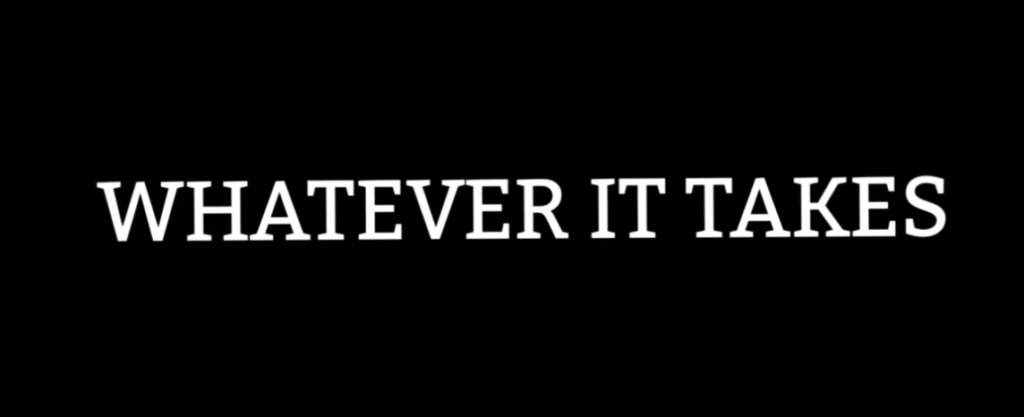This might be somewhat preaching to the choir, but it’s the only way I know to help Treepers prepare their families according to very visible economic signals happening just over the horizon. Back in August, when we discussed the massive inflation that was climbing straight up, I warned everyone to look behind the finished good prices, into the prices of origination and intermediate goods. {Go Deep}
 The “producer price index” is essentially the tracking of wholesale prices at three stages: Origination (commodity), Intermediate and Final. The final product inflation rate in July (reported in August) was alarming at 7.8%. However, we warned of much higher flowing into the supply chain.
The “producer price index” is essentially the tracking of wholesale prices at three stages: Origination (commodity), Intermediate and Final. The final product inflation rate in July (reported in August) was alarming at 7.8%. However, we warned of much higher flowing into the supply chain.
Today, The Bureau of Labor and Statistics (BLS) released stunning price data for October [DATA Here], showing a dramatic 8.6% price increase in Final Demand products at the wholesale level. As expected prices are still going up, and there’s no end in sight, because the raw material inflation is still higher than current.
[BLS] “The Producer Price Index for final demand increased 0.6 percent in October, seasonally adjusted, the U.S. Bureau of Labor Statistics reported today. Final demand prices moved up 0.5 percent in September and 0.7 percent in August. (See table A.) On an unadjusted basis, the final demand index rose 8.6 percent for the 12 months ended in October.” (more)
I modified Table A (final demand product pricing) taking out some of the noise to make it a little easier to see the big picture of what is happening.
When you see the wholesale level of prices almost double the increase in consumer level inflation rate, you can predict that consumer prices will likely go even higher. Future finished goods at a retail level will carry the current wholesale price increase.
Stuff costs a lot now… and because the inbound stuff to make the finished goods is still climbing in price…. stuff is about to cost even more. You can see this in the inflation rate of intermediate goods which I have highlighted below.
You can see from Table A that finished good prices are still climbing. That’s the higher price inflation you are feeling when you buy a product.
More alarming is to look at the “intermediate demand” products [Table B below] as they flow through the manufacturing system. Two types of products are at the intermediate wholesale level: Processed Goods, and Unprocessed goods.
I have again modified Table B to remove the noise. Notice two key aspects:
(1) Prices for both types of products are still climbing in the manufacturing process. Compare August, Sept., and Oct., noticing how the prices are still climbing. Some of that has to do with energy and fuel costs still climbing. The increasing prices for gasoline build into each part of the transportation process.
(2) Notice the scale of the increase in the prices from prior months. The trend line is not leveling off, instead it’s doing the opposite. The rate of inflationary climb (price increase), at the intermediate level of goods coming into the system, is getting even more steep. The stuff coming into the manufacturing process is not only costing more, it is costing much more than before.

The wholesale prices of products into the system that end up at the retail level is still through the roof. In a major way, this is being driven by massive increases in energy costs throughout the entire supply chain.
This is going to get even uglier. Even if wages jumped in price 5% overnight (single month), which would be a large increase in wages, those wage increases are nowhere near enough to deal with this level of price increase at a consumer level. A nickel more per dollar earned is futile against a loaf of bread costing $1 more, or gasoline at $4.00/gal.
Do what you can do now to start preparing your weekly budget in ways you may not have thought about before. Shop sales, use coupons, look for discounts and products that can be reformulated into multiple meals or multiple uses. Shelf-stable food products that can be muti-purposed with proteins is a good start.
Consider purchasing the raw materials for cleaning products and reformulate them yourself to avoid these massive increases in petroleum costs. Most working families use laundry detergent, and that cost is going through the roof with no signs of slowing down.
♦ EXAMPLE – Several years ago, a dear friend showed us a method for making laundry detergent at home along with a bucket. After using this for several weeks (and then making it) I was stunned at how simple, cost-effective, and good it works. Not only does it save big $$, but it works better than, or at least as good as, Tide or any other high-priced name brand product for literally pennies on the dollar.
What You’ll Need: {check your local store’s laundry aisle}
- 1/2 Cup: Arm & Hammer Super Washing Soda {not Baking Soda}
- 1/2 Cup: Borax {you might be able to print a coupon here}
- 1/3 Bar of Fels-Naptha Soap {Mark the bar in thirds before using}
- Bucket {3 gallon size }
- Empty laundry detergent containers or bucket with lid to store detergent.
How to make:
Use small cheese grater to grate 1/3 bar of Fels-Naptha Soap over large pot or saucepan…
- Add 6 cups of water.
- Heat over medium-high until soap dissolves and melts.
- Add 1/2 cup Washing Soda & 1/2 cup Borax, and stir until dissolved.
- Remove from heat and set aside.
- Pour 4 cups hot water into bucket, then add Soap Mixture.
- Stir well, then add 1 Gallon + 6 Cups of additional water. Stir.
- Transfer to a bucket with a lid, or pour into empty laundry detergent containers.
- Set aside, and let it sit overnight, or up to 24 hours, to thicken and gel up. It will likely turn into a gel overnight.
- Consistency and color will vary depending on your soap & water ~ it may be lumpy and watery ~ kind of like a watery gel, but it works great!
- Stir or shake before each use, as it will continue to gel.
How Much Will it Cost?
- Borax, 76 oz. box ~ $2.98
- Arm & Hammer Washing Soda, 55 oz. box ~ $2.99
- Fels-Naptha Bar of Soap ~ $1.79
- Total Cost to make around 2 gallons: About $1.00!!
- This amount filled up my large empty extra-large Tide container from Costco and a smaller Purex container!
This recipe makes a low-sudsing detergent, and remember, it will turn to a liquid/gel after it settles, so you will need to shake the container before use. You can also pour it into a spray bottle to use as a pre-spot treatment. The 3 ingredients will make at least 3 batches and will last a long time.
I would not present this idea if it did not work exceptionally well, this was one of the most useful tricks I learned to stretch a budget that really does save money and work even better than high-priced laundry detergents. The home made detergent even removes hard soils and red clay stains from clothing remarkably well.
We are all in this together!






